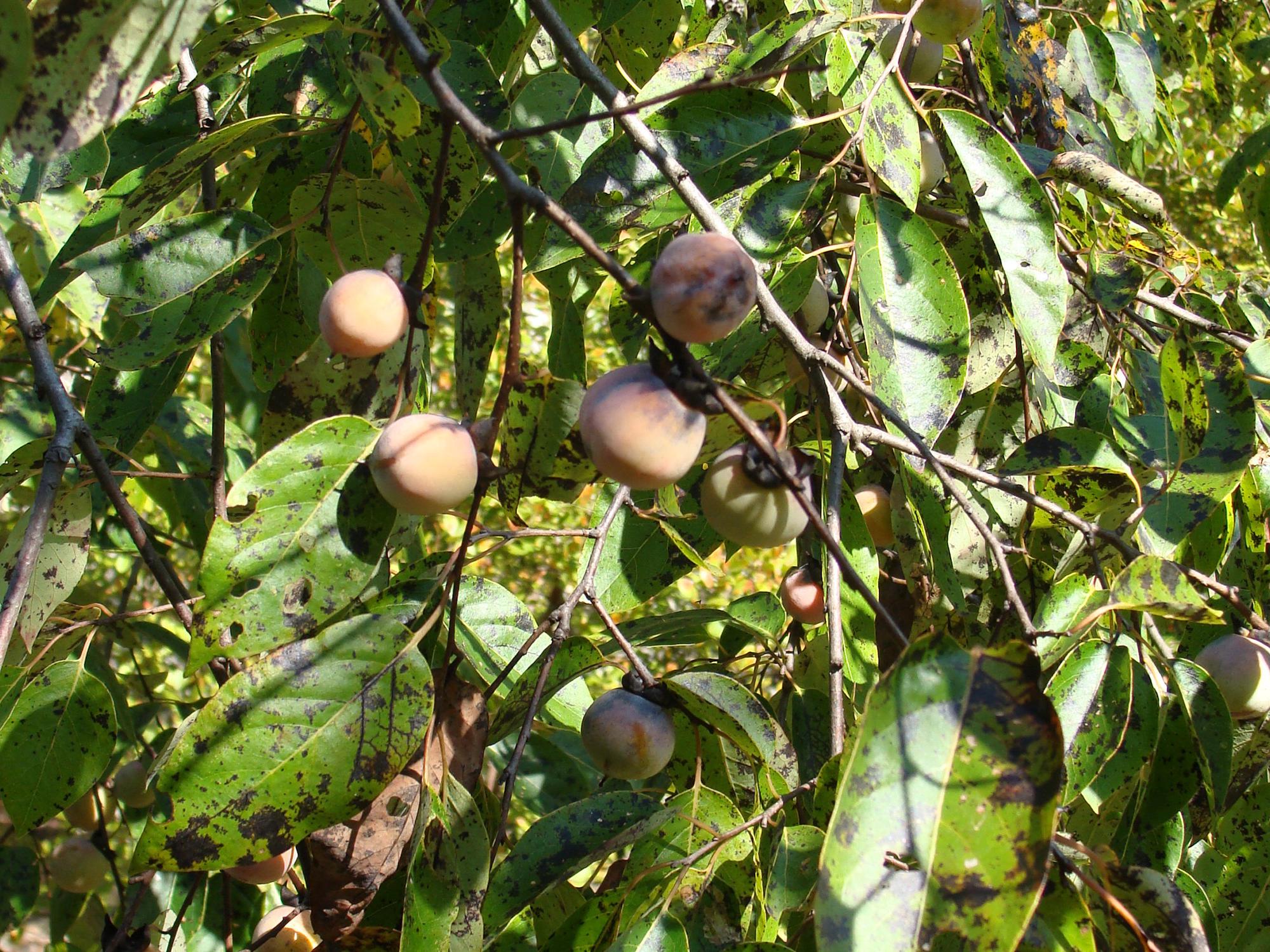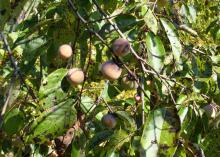Information Possibly Outdated
The information presented on this page was originally released on February 9, 2018. It may not be outdated, but please search our site for more current information. If you plan to quote or reference this information in a publication, please check with the Extension specialist or author before proceeding.
Consider new trees for deer habitat
STARKVILLE, Miss. -- Deer season is over, and prescribed fire, timber management, planting food plots and other habitat improvements come later in the year, but one activity that's perfect for February and early March is planting trees.
Broadleaf plants provide the foundation of a deer's diet. Mast foods, items such as acorns and persimmons that accumulate on the forest floor, are more supplemental. From a management perspective, focus on supplying broadleaf plants, but you can certainly supplement that forage with hard and soft mast.
Late winter through early spring is the best time of year to plant trees and shrubs. The trees are dormant, and typically the soil is very moist. When spring rolls around, newly planted trees will awaken in their new home on your hunting property.
Oaks and other hardwoods are an important food source for deer and other wildlife species, but remember that they are more of a long-term investment, as it will take up to 10 years -- and often much longer -- before you will see any significant acorn production.
Many wildlife managers and hunters plant trees that produce soft mast like persimmons, pears and crabapples. The beauty of these species is they are fairly easy to establish and grow quickly. From a hunting perspective, you could see an appreciable fruit crop in five to seven years. Also, deer and other wildlife relish soft mast that can be used to supplement their diets. The fruit can be a very effective natural attractant.
Hunters often stay close to soft-mast trees in the archery season when those trees and shrubs commonly shed their fruit. Similarly, in October through December, firearm hunters seek out white oak or swamp chestnut oak trees, which are dropping acorns that attract deer.
Mast foods are high in carbohydrates and provide wildlife with a source of energy to carry out daily activities. In the fall, animals seek out acorns and some soft fruits as they store energy in the form of fat to carry them through the winter. Acorns are low in protein but high in carbohydrates and fat -- much like ice cream to a human.
Some sites are not suited for all species of mast-producing trees. Consult an expert to figure out what grows best in a particular area. You will need to be familiar with how wet the site is and how much sunlight the seedlings will get.
Don’t plant the trees too closely together. Envision how much space the tree will need 10 years later, when it’s fully grown. Most experts recommend planting trees 35 feet apart so each one can capture plenty of soil moisture and sunlight to maximize growth and fruit production.
If you are like me, and already missing deer season, get out in the woods and look for sites to plant some trees. In a few years, you will be able to enjoy the fruits of your efforts.
 Editor’s Note: Extension Outdoors is a column authored by several different experts in the Mississippi State University Extension Service.
Editor’s Note: Extension Outdoors is a column authored by several different experts in the Mississippi State University Extension Service.

Editor’s Note: Extension Outdoors is a column authored by several different experts in the Mississippi State University Extension Service.



